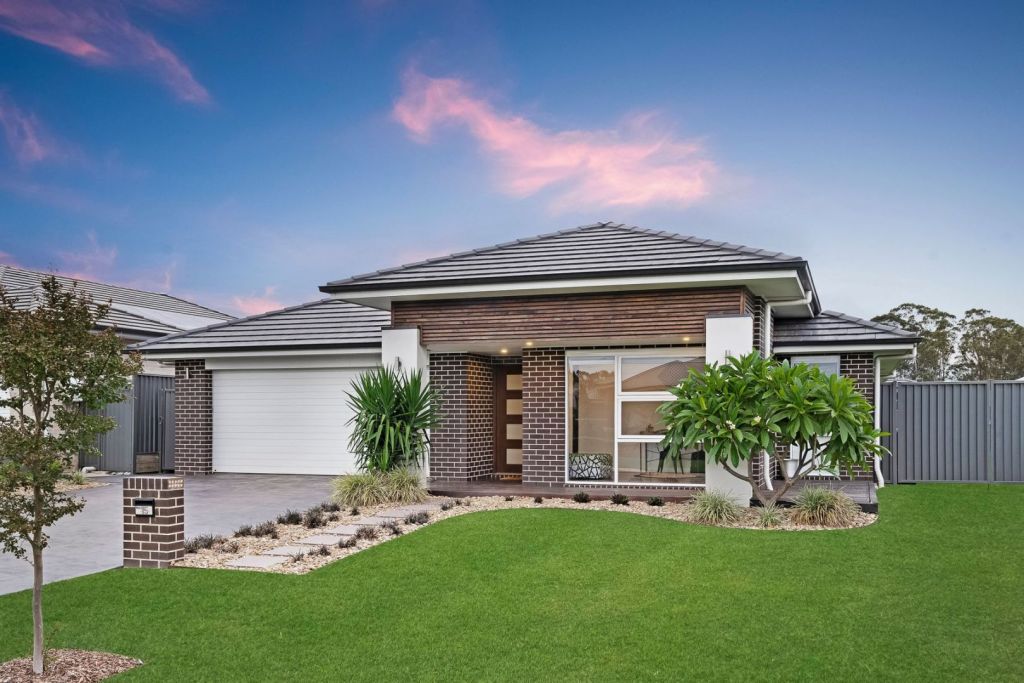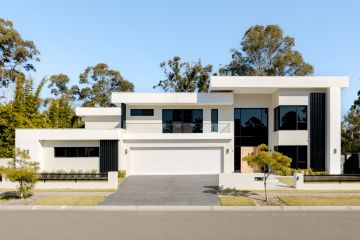All the grants, schemes and incentives available for first-home buyers around the country

If first-time home buyers manage to navigate their way through all the options, conditions and qualifications for assistance with buying their first home, then they’ve earnt every cent.
In some states you have to buy a brand-new home, in others it can be newly renovated or less than five years old. In some you have to live in it for six months, in others it’s a year.
In NSW you can never have owned a home before, while in Victoria you can have owned before, as long as you didn’t live in the property.
In addition to state schemes, the national First Home Loan Deposit scheme permits a mere 5 per cent deposit on a first home, but even conditions for that can vary according to where you live.
There’s also the national First Home Super Saver Scheme, which lets first-home buyers save money inside their superannuation fund to accumulate a deposit faster.
So here’s an updated guide to the latest first-home buyers’ benefits in your state, with a word of caution; check your state government’s online fact sheets before you commit to anything – the goalposts are moving all the time.
Most states and territories have the same basic conditions for eligibility, with variations as listed on their websites. However, in general, you must be an individual, not a company or trust, be aged over 18.
You must never have owned property in Australia, at least one of the first-home buyers must be an Australian citizen, and you generally have to live in the property for either six or 12 months continuously, starting in the first year after completion.
National first-home buyer schemes
First Home Loan Deposit Scheme
First-home buyers can apply for the First Home Loan Deposit Scheme which will allow eligible singles and couples to pay a deposit of as little as 5 per cent on their first home.
Under the scheme, the government acts as guarantor so borrowers won’t need to pay lender’s mortgage insurance, which usually applies when buying with a deposit less than 20 per cent of the value of the property.
Both new and existing residential properties are eligible, but there are different price thresholds in each state, capital city and regional centre. The scheme is only available to owner occupiers, and investment properties are not eligible.
Singles must have a taxable income under $125,000 in the previous financial year, and for couples the income threshold is $200,000. Couples must be married or in a de factor relationship – siblings, friends or relatives buying together are not eligible.
First Home Loan Deposit Scheme price thresholds |
||
| State or territory | Capital city and regional centres | Rest of state |
| New South Wales | $700,000 | $450,000 |
| Victoria | $600,000 | $375,000 |
| Queensland | $475,000 | $400,000 |
| Western Australia | $400,000 | $300,000 |
| South Australia | $400,000 | $250,000 |
| Tasmania | $400,000 | $300,000 |
| Australian Capital Territory | $500,000 | – |
| Northern Territory | $375,000 | – |
Source: National Housing Finance and Investment Corporation (NHFIC)
First Home Super Saver Scheme
The First Home Super Saver Scheme allows first-home buyers to make up to $30,000 in voluntary contributions to their superannuation fund to save for a home, with a limit of $15,000 per financial year.
Voluntary contributions are taxed at a lower rate compared to income, and paying less tax allows first-home buyers to save money faster. Applicants are also entitled to access any earnings on their extra contributions.
HomeBuilder
The federal government has offered owner-occupiers a $25,000 grant when building new homes valued up to $750,000, and for renovations valued between $150,000 and $750,000. The grant, which is offered until the end of September, is part of measures to stimulate the economy after the coronavirus outbreak.
This scheme is available for all owner-occupiers, not just first-home buyers, but can be used in conjunction with federal first-home buyer schemes and existing state schemes.
To take advantage of the scheme, the pre-renovation value of the home must be less than $1.5 million, and there are income limits of $125,000 for singles and $200,000 for couples, based on income in the previous financial year.
The grant cannot be used by investors, or for renovations not part of the principal place of residence such as sheds, pools or granny flats.
New South Wales first-home buyer schemes
First-Home Owner Grant (New Homes)
This is a $10,000 grant for purchasers of new properties costing less than $600,000 and owner-builder/building contracts worth less than $700,000. If you’re buying land to build a new home, the total price – including the land and home – must be no more than $750,000.
First-Home Buyer Assistance Scheme
First-time purchasers of existing homes, new homes or land for a new home will pay no stamp duty on property worth less than $650,000, or vacant land worth less than $350,000, and reduced stamp duty on properties up to $800,000 or land up to $450,000.
Victoria first-home buyer schemes
First-Home Owner Grant
A $10,000 grant is available until June 30, 2021 for new first homes, and $20,000 for new homes built in regional Victoria, valued at $750,000 or less.
Stamp Duty Exemption
Stamp duty exemption is available to first-home buyers for all properties, old or new, up to $600,000, with a 50 per cent concession for properties up to $750,000. With off-the-plan projects, you may only pay stamp duty on the difference between the contract price and the cost of construction.
Queensland first-home buyer schemes
First-Home Owner Grant
In Queensland you can get $15,000 towards buying or building a new house, unit or townhouse valued at less than $750,000.
Stamp duty concessions
Eligible first-home buyers’ concession means you won’t pay any transfer (stamp) duty on homes costing less than $500,000.
South Australia first-home buyer schemes
First-Home Owner Grant
A grant of $15,000 is available for new properties valued at less than $575,000.
Western Australia first-home buyer schemes
First-Home Owner Grant
A grant of $10,000 is available to first-home owners purchasing or building a new home.
Concessional Duty
First-home buyers may be exempt from stamp duty on any homes costing less than $430,000 and qualify for reduced stamp duty on properties less than $530,000.
ACT first-home buyer schemes
Home Buyer Concession
Home buyers who have not owned property in the past two years and whose income is less than certain limits, depending on the size of their families, will have their stamp duty waived on any properties, old or new.
Tasmania first-home buyer schemes
First-Home Owners Grant
Until June 30, 2020, the Tasmanian government will give eligible first-time home owners $20,000. After July 1, that will reduce to $10,000.
Stamp duty concession
First-home buyers can get a 50 per cent discount on property transfer duty of established homes up to the value of $400,000.
Northern Territory first-home buyer schemes
A number of avenues and grants are available to home buyers in the NT, as outlined on the Home Owners Assistance web page.
First-Home Owner Grant
If you are buying or building a new home, you can apply for a First-Home Owner Grant of $10,000.
First-Home Owner Discount
Purchasers who have not owned property in the NT in the past two years may be eligible for a reduction of up to $18,601 on the stamp duty on their principal place of residence.
Home Renovation Grant
If you buy an established property as your first home, you may be able to get up to $10,000 in financial help to renovate or improve it. Applications for the home renovation grants close on November 30, 2020.
Household Goods Grant Scheme
First-home buyers can apply for a grant of up to $2000 to buy various household goods, including whitegoods, furniture, curtains, barbecues and power tools.
BuildBonus Grant
If you are buying or building a new home in the NT you can apply for a grant of $20,000. This grant is limited to the first 600 applications.
We recommend
States
Capital Cities
Capital Cities - Rentals
Popular Areas
Allhomes
More







